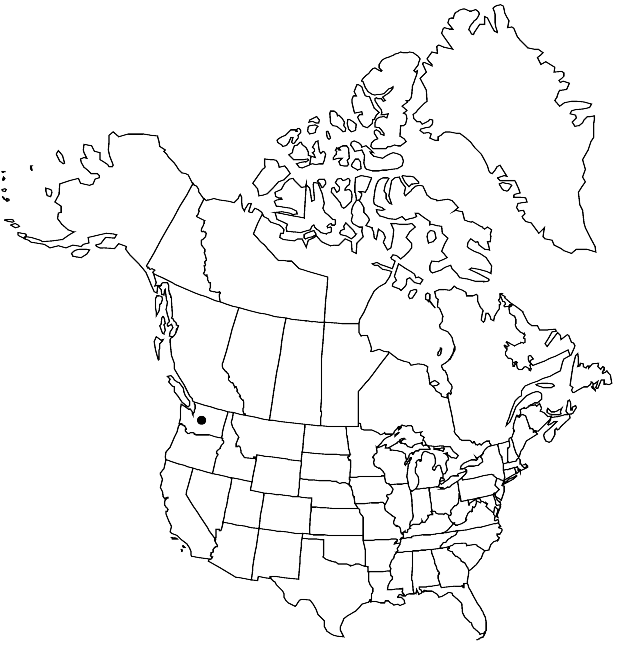familyBrassicaceae
genusPhysaria
speciesPhysaria douglasii
subspeciesPhysaria douglasii subsp. tuplashensis
Difference between revisions of "Physaria douglasii subsp. tuplashensis"
Novon 12: 322. 2002.
Common names: White Bluffs bladderpod
Basionym: Lesquerella tuplashensis Rollins, K. A. Beck & Caplow Rhodora 97: 203, fig. 107. 1995
Treatment appears in FNA Volume 7. Treatment on page 635.
FNA>Volume Importer |
imported>Volume Importer |
||
| Line 54: | Line 54: | ||
|publication year=2002 | |publication year=2002 | ||
|special status= | |special status= | ||
| − | |source xml=https:// | + | |source xml=https://bibilujan@bitbucket.org/aafc-mbb/fna-data-curation.git/src/bb6b7e3a7de7d3b7888a1ad48c7fd8f5c722d8d6/coarse_grained_fna_xml/V7/V7_1046.xml |
|tribe=Brassicaceae tribe Physarieae | |tribe=Brassicaceae tribe Physarieae | ||
|genus=Physaria | |genus=Physaria | ||
Revision as of 00:51, 28 May 2020
Cauline leaves imbricate, blade sometimes orbicular. Fruit valves: trichomes stalked.
Phenology: Flowering May–Jun(-Aug).
Habitat: Caliche soil with sagebrush
Elevation: 300 m
Discussion
Of conservation concern.
It is possible that subsp. tuplashensis is simply an ecotype, or that its phenotype is in response to its severe habitat on the White Bluffs of the Columbia River.
Selected References
None.
Lower Taxa
None.
